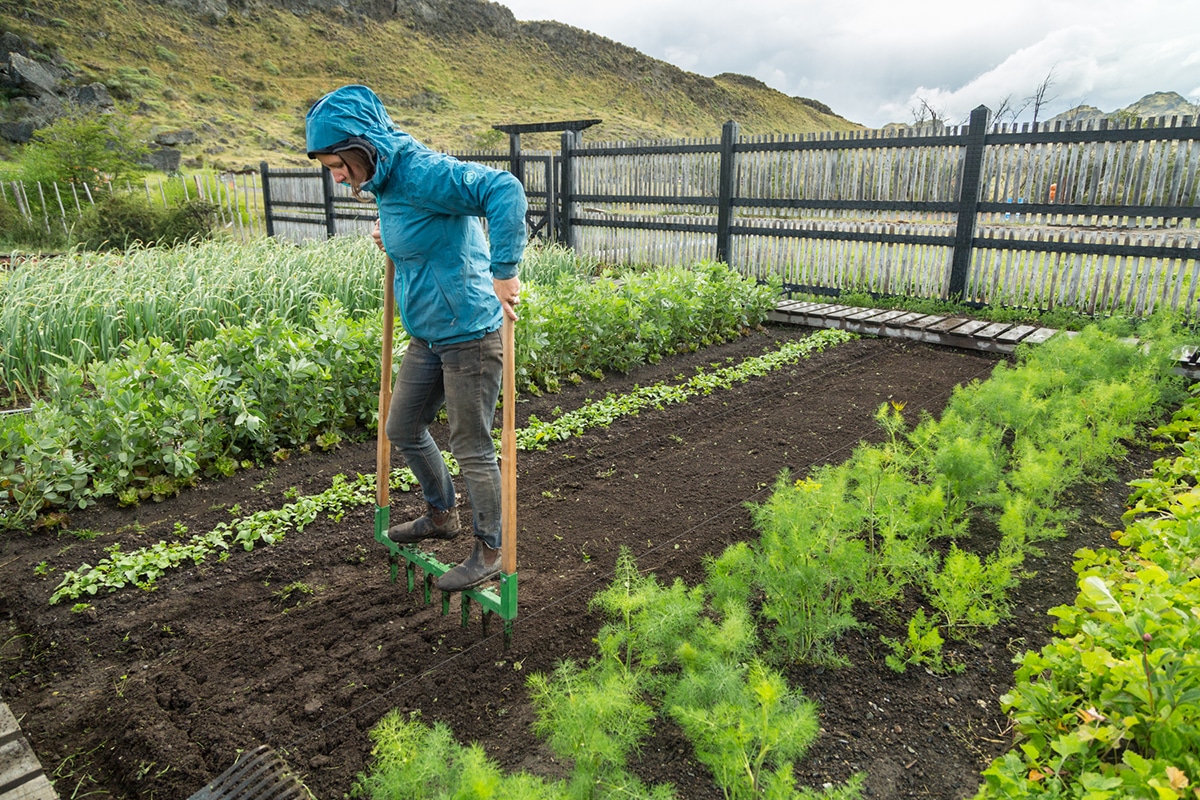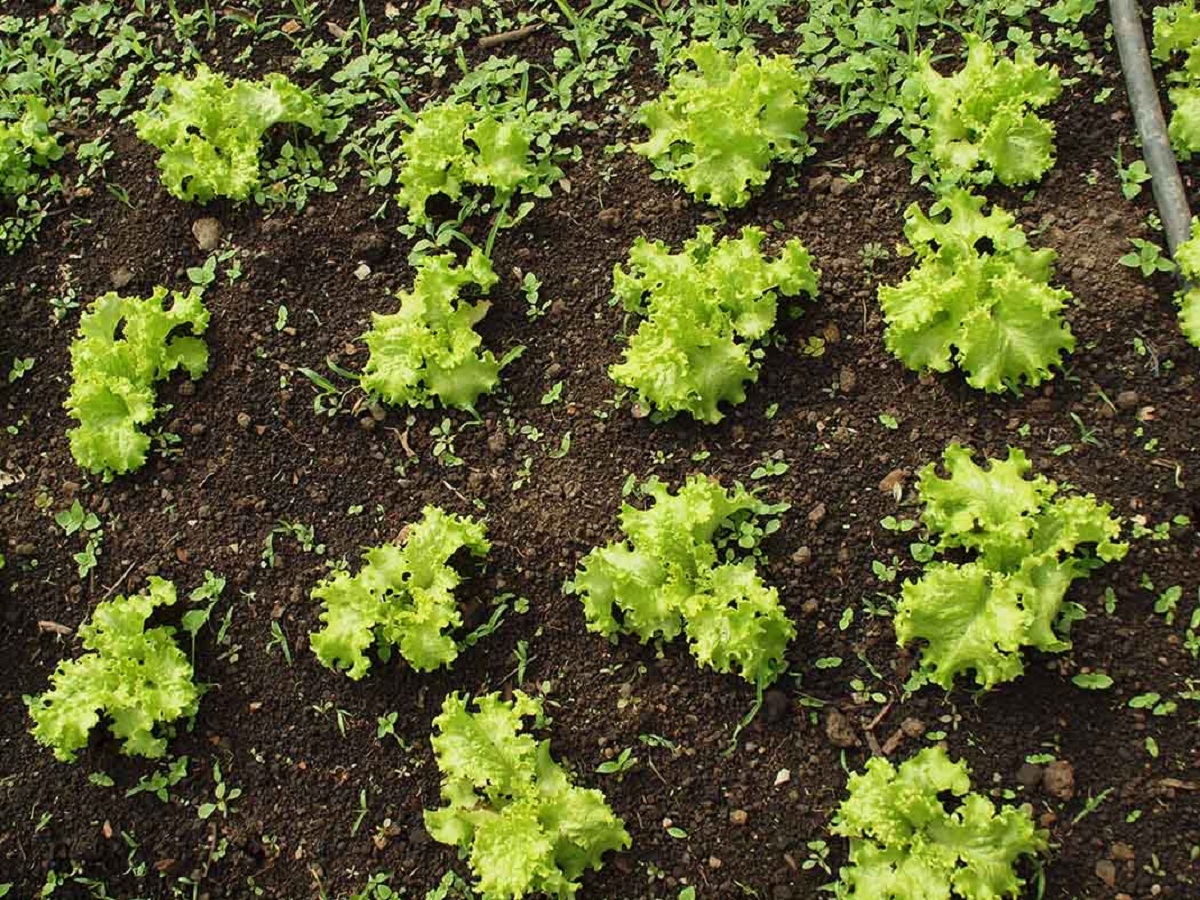
Among the different types of agriculture, there is a type that stands out for seeking a joint objective between farmers and ranchers. It's about the regenerative agriculture. It is a type of agriculture that develops the concept and whose main objective is to establish a relationship between farmers and ranchers to direct these economic activities towards something sustainable. In many processes that have been implemented through modern agriculture, they have caused loss of soil fertility. For this reason, regenerative agriculture is going to become increasingly important.
In this article we are going to tell you what regenerative agriculture consists of and what its main characteristics are.
What is regenerative agriculture

Given the evolution of technology and the increase in production and demand worldwide, agriculture has begun to create processes that use elements that are degrading soils. Not only is the amount of production that can be done lost, but resources are also polluted. The waters and the soils are those principally affected by modern agriculture. The loss of soil fertility, mainly due to a decrease in the microbiological presence, minerals and organic matter, affects the performance of agriculture.
This makes regenerative agriculture become increasingly important in order to return these dynamic components to the soil. The basis of this agricultural and livestock system is a totally eco-intelligent system. That is, to mix the best developments of modern technology together with the need for sustainable development. The holistic group formed by agriculture, livestock and forestry is called a sustainable food system. The objective of regenerative agriculture is to to be able to achieve a balance in a healthy way and the world level. This balance must ensure that natural resources are not depleted, and that the land can be regenerated at a faster rate than the resources are extracted.
As you might expect, this is quite a challenge for science. Another objective of degenerative agriculture is to make all agricultural and livestock operations profitable. It also aims to reduce costs and take advantage of the symbiotic relationships between animals, plants and the rest of life in the soil in an amazing way.
Results of regenerative agriculture

Since power was sought recover the interior of people through reconnection with nature, it also has a philosophical part. It must be borne in mind that one of the fundamental aspects that makes a trend can be influential to other people is philosophy. If the interest in the relationship between man and nature becomes important again, the main objective will be to regenerate the soil. Another fundamental aspect is to be able to satisfy the demand for food worldwide. With the growing population worldwide, more and more hectares of land are being used as the objective of producing plantations.
If we are continually degrading the soil and losing its fertility, we will advance the desertification process. Desertification is the man-made process that causes reduction of soil fertility and desertification. Desertification is the formation of a desert in an area that was previously fertile. If a soil loses fertility, it loses the ability to produce plants. For this reason, the soil begins to be eroded and every time it was to support less life. The result is that in the end it is completely lifeless and without the ability to produce.
Thanks to the introduction of regenerative agriculture in many areas, very positive results are seen. Among these results we do not find healthy and nutritious food at affordable prices for all. And it is that a population that has good health and energy can fully develop its human potential. This human potential also refers to the relationship between man and nature that we have mentioned above.
This makes the regenerative agriculture proposal become a way of doing agriculture worldwide.
Advantages

We are going to analyze what are the main advantages of regenerative agriculture:
- Ecologically regenerative: it is a type of agriculture that is capable of restoring the potential of ecosystem services. These services are those that nature offers and that are intangible. That is, these services are, for example, the absorption of carbon dioxide from the atmosphere during the photosynthesis process. It is not a service that we can quantify or value economically, but we are offered a vital service.
- Economically profitable: By improving soil conditions, it can drastically reduce variable production costs. It also helps to increase the yields they get to produce more amount of crops.
- Socially cohesive: Since it is a way to increase performance and productivity, it can create employment and wealth at the local level. It is a good way to unite people around a new vision.
All these advantages could be original thanks to the work and diffusion of the Australian Darren Doherty. It is this person who promoted the concept of regenerative agriculture. It all started with a permaculture farm and he dedicated himself to teaching it. He was able to travel around the world meeting families and farmers who lived by practicing Fukoka techniques. Together with new agricultural practices they shaped what is known today as regenerative agriculture.
Revolutionary techniques
Some of the sources in which regenerative agriculture is nourished are carbon agriculture, holistic management, correct grazing planning, growing cereals in perennial pastures, multifaceted farms and organic agriculture. They can also be focused on other processes that help regenerate and revitalize the soil along with the rest of the ecosystem.
All of these practices help minimize the alteration of the biosphere that reduces soil losses due to erosion. They also help retain the amount of biomass to ensure that the soil does not lose its fertility.
I hope that with this information you can learn more about regeneration agriculture and its characteristics.